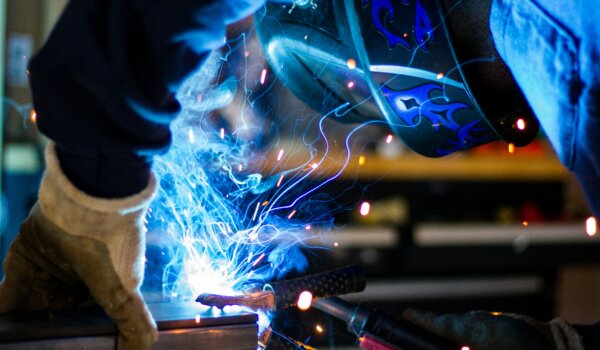Sustainability, decarbonisation, electrification – whatever you call it there is no doubt the global economy is changing. New industries are emerging and existing supply chains are in transition to a low carbon future. Foreign Direct Investment is responding to this change and the key to winning new investment is understanding what drives decision makers in sustainable sectors and technologies.
As the graph below shows, the last few years have witnessed an acceleration of FDI projects linked to sustainability*. The three-year rolling average for the number of projects has more than doubled from 285 projects in 2018 to 650 in 2022. Meanwhile, average job announcements per year have trebled from 20,000 to 60,000 in the same period.
Three sectors accounted for nearly two-thirds of overall FDI linked to sustainability. Not surprisingly, renewable energy and automotive sectors were two of the three, but the biggest was electronic components which accounted for 30% of all FDI in these low carbon sectors.
The electrical components sector provides the tools and ideas that enable a reliable transition to a low carbon future and are most commonly associated with supply chains for renewable energy and electric vehicles. They also provide the sensors, interconnectors, inverters, controllers, chargers, smart meters, and other technologies required for a robust, flexible, and smart electricity grid. This is an area of growing importance as grids need to absorb the increased volume caused by the shift to electric vehicles, power, heat etc.
What influences decision makers?
Having identified the high-growth areas for sustainable FDI, we asked the question ‘How different are these investors from those in other parts of the economy?’ To do this we looked at what companies said when they announced their projects and how their motivations for investment compared to other sectors.
The main answer to the question is that sustainable investors are no different. Just like all investors, when these companies search for a location, they are primarily driven by proximity to markets/customers, domestic market growth, and the availability of a skilled workforce.
However, there was one significant difference that emerged when we looked further into the data. A fifth of sustainable investors (19%) stated that ‘government support’ was a motivation for their investment, compared to just 7% of companies in other sectors.
This catch-all phrase that can include creating a pro-investment policy environment, helping an investor with the bureaucracy of relocation, or financial incentives. Its importance to sustainabile FDI is not surprising as governments from national to local are setting binding targets on emissions reduction and know that they have to provide support and incentives to make it happen.
These results provide some guidance for locations seeking to attract sustainable investors:
- Keep to the fundamentals – the vast majority of companies within the sustainability sector are interested in hearing about your market, your growth potential, and your skilled workforce.
- Highlight your credentials – these are emerging sectors and areas with existing expertise and strong R&D facilities often act as a magnet for investment.
- Leverage government support – understand what local, regional, or national support and funding is available and how you can use it to make your location more attractive.
OCO Global has a tried and tested methodology that allows locations to identify their strengths and then match them to companies in search of new opportunities. As FDI shifts towards more sustainable investment, so we are always looking at the data and trends to ensure our clients have the best chance of success.
For more information get in touch here.



